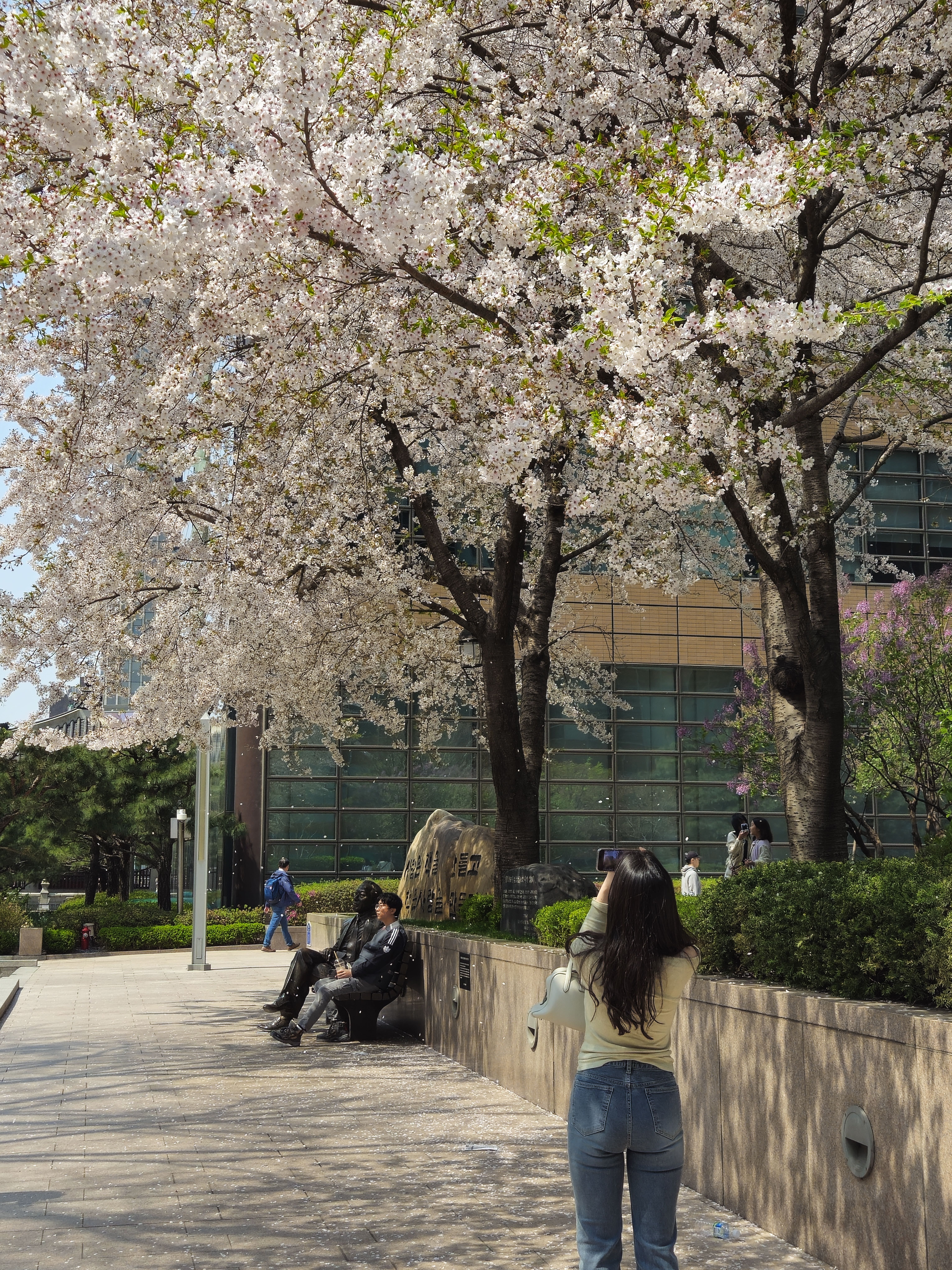| 일 | 월 | 화 | 수 | 목 | 금 | 토 |
|---|---|---|---|---|---|---|
| 1 | 2 | 3 | 4 | |||
| 5 | 6 | 7 | 8 | 9 | 10 | 11 |
| 12 | 13 | 14 | 15 | 16 | 17 | 18 |
| 19 | 20 | 21 | 22 | 23 | 24 | 25 |
| 26 | 27 | 28 | 29 | 30 | 31 |
Tags
- SQL
- matplot
- httr
- 기계학습
- 하계인턴
- python
- 가나다영
- 에트리 인턴
- 하둡
- 에이블러
- ETRI
- 딥러닝
- 다변량분석
- Ai
- KT 에이블스쿨
- hadoop
- 소셜네트워크분석
- 빅데이터분석기사
- ggplot2
- 머신러닝
- 한국전자통신연구원
- r
- kaggle
- cnn
- 서평
- SQLD
- dx
- 웹크롤링
- Eda
- KT AIVLE
- 한국전자통신연구원 인턴
- arima
- 프로그래머스
- 시계열
- 에이블스쿨
- ML
- 빅분기
- 시각화
- 지도학습
- kt aivle school
Archives
- Today
- Total
소품집
[Kaggle] Airbnb Data시각화 및 regression (1) 본문
728x90
1일 1캐글 하깅
로깅하깅


getwd()
setwd('/Users/dayeong/Desktop/reserch/data')
# kaggle 1DAY
# https://www.kaggle.com/josipdomazet/mining-nyc-airbnb-data-using-r
library(tidyverse)
library(ggthemes)
library(GGally)
library(ggExtra)
library(caret)
library(glmnet)
library(corrplot)
library(leaflet)
library(kableExtra)
library(RColorBrewer)
library(plotly)
library(ggplot2)
library(knitr) # 간단하게 데이터 프레임 생성이 가능해짐!
airbnb <- read.csv('AB_NYC_2019.csv', encoding = 'UTF-8', na.strings = c(''), stringsAsFactors = F)
# 기초 통계 살펴보기
summary(airbnb)
View(airbnb)
# 데이터 분석에서 id와 host_id는 사용하지 않아도 되므로, 삭제해주자.
airbnb <- subset(airbnb, delect = -c('id','host_id'))
# character(문자형) column을 factor형으로 변환
names_to_factor <- c('host_name', "neighbourhood_group", "neighbourhood", "room_type")
airbnb[names_to_factor] <- map(airbnb[names_to_factor], as.factor)
# Sanity check
glimpse(airbnb) # 네 개의 컬럼이 factor형으로 변환된 것을 확인할 수 있다.
# Missing Data 처리
missing_airbnb <- airbnb %>% summarise_all(~(sum(is.na(.))/n()))
missing_airbnb <- gather(missing_airbnb, key = 'variables', value= 'percent_missing')
ggplot(missing_airbnb, aes(x= variables, y= percent_missing)) +
geom_bar(stat='identity',fill='red', aes(color=I('white')), size =0.3) +
xlab('variables') + coord_flip() +
ggtitle("Missing Data") +
xlab("Column name") +
ylab("Percentage missing") +
annotate("text", x = 1.5, y = 0.1,label = "host_name and name have less than 0.001\n percentage missing", color = "slateblue", size = 5)
# Data Visualisation
# Price (숙박요금)
# histogram & Density(그릴 때, ..densitu..표시로 밀도를 나타낸다!)
ggplot(data=airbnb, aes(price)) +
geom_histogram(bins=30, aes(y=..density..), fill='purple')+
geom_density(alpha=0.2, fill='purple') +
ggtitle('Trnasformed Distribution of price', subtitle = expression('With'~'log[10]'~'trnasformation of x-axis')) +
geom_vline(xintercept = round(mean(airbnb$price),2),size=2, linetype=3)+
scale_x_log10() +
annotate("text", x = 1800, y = 0.75,label = paste("Mean price = ", paste0(round(mean(airbnb$price), 2), "$")),
color = "#32CD32", size = 8)
# histogram & densitu with log10 transformation for neoghbournhood areas
# 뉴욕 근교의 도시를 살펴보자.
airbnb_nh <- airbnb %>%
group_by(neighbourhood_group) %>%
summarise(price=round(mean(price),2)) %>%
arrange(desc(price))
airbnb_nh
ggplot(airbnb, aes(price)) +
geom_histogram(bins = 30, aes(y = ..density..), fill = "purple") +
geom_density(alpha = 0.2, fill = "purple") +
ggtitle("Transformed distribution of price\n by neighbourhood groups",
subtitle = expression("With" ~'log'[10] ~ "transformation of x-axis")) +
geom_vline(data = airbnb_nh, aes(xintercept = price), size = 2, linetype = 3) +
geom_text(data = airbnb_nh,y = 1.5, aes(x = price + 1400, label = paste("Mean = ",price)), color = "darkgreen", size = 4) +
facet_wrap(~neighbourhood_group) + # 각기 그룹마다 시각화.
scale_x_log10()
# Above average price objects by NH area
airbnb_tally <- airbnb %>%
filter(price>=mean(price)) %>%
group_by(neighbourhood_group, room_type) %>%
tally()
ggplot(data=airbnb_tally, aes(reorder(neighbourhood_group, desc(n)),n, fill=room_type)) +
xlab(NULL)+
ylab('Number of objects') +
geom_bar(stat = 'identity')
# Boxplot of price by room type
ggplot(airbnb, aes(x=room_type, y=price)) + geom_boxplot(aes(fill=room_type)) +
scale_y_log10() +
ggtitle("Boxplot of price by room type", subtitle = 'Entire homes and apartments haver the highest avg price')+
geom_hline(yintercept = mean(airbnb$price), col='red', linetype=3)
# Summary of price Distributions
airbnb %>% arrange(desc(price)) %>%
top_n(10) %>% select(-host_name, -name) %>%
ggplot(aes(x=price, fill=neighbourhood_group))+
geom_histogram(bins=50)+
scale_x_log10() +
facet_wrap(~room_type + neighbourhood_group)
##
# Machine Learning
# Dataset splitting (7:3)
airbnb <- airbnb %>% mutate(id=row_number())
airbnb_train <- airbnb %>% sample_frac(.7) %>% filter(price>0) # 트레인셋을 70%의 비율로 주고, 나머지는 테스트 셋으로
airbnb_test <- anti_join(airbnb, airbnb_train, by='id') %>% filter(price>0)
# sanity check
nrow(airbnb_train) + nrow(airbnb_test) == nrow(airbnb %>% filter(price>0))
# Linear Regression Model
first_model <- train(price ~ latitude + longitude + room_type + minimum_nights + availability_365 + neighbourhood_group, data = airbnb_train, method = "lm")
summary(first_model) # 성능이 0.098로 좋지 않은 성능을 보임
plot(first_model$finalModel)
728x90
'AI' 카테고리의 다른 글
| [Kaggle] House prices 예측 (3) - 오늘은 실패 (0) | 2020.08.28 |
|---|---|
| [Kaggle] Titanic 시각화 및 prediction (2) (0) | 2020.08.27 |
| [ML/DL] Topic modeling, LDA (0) | 2020.06.24 |
| [ML/DL] Ensembles model - 앙상블 모델 (Adaboost, Random forest ..) (0) | 2020.06.23 |
| [ML] Hierarchical Clustering - 계층적 군집 (0) | 2020.06.13 |
Comments



